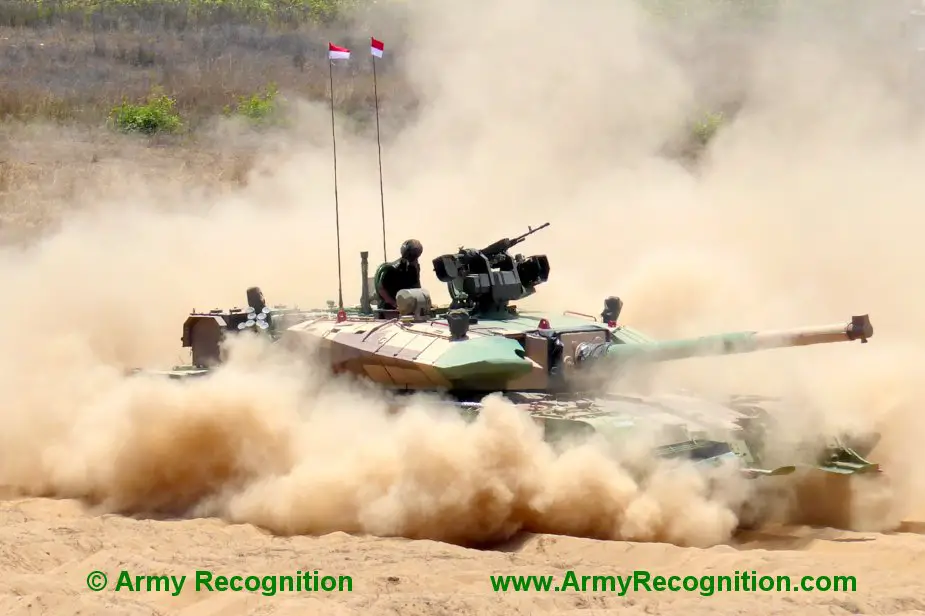Breaking news
Indian Army new Integrated Battle Groups to be field tested in May.
A large military field exercise to validate the much-awaited concept of integrated battle groups (IBGs) of the Indian Army is slated to be conducted at end of this month Ajay Banerjee reports in The Tribune. This is the first step among the several to restructure the Army to make it leaner and more agile. The test was put on hold after the Balakote airstrike on February 26 as the Army units were in state of readiness following the tension between India and Pakistan.

Arjun Mk.II main battle tank demonstrated at DefExpo India 2018 (Picture source: Army Recognition)
The test of the IBG is among the few steps initiated by Army Chief General Bipin Rawat on restructuring the Army. The IBG is working on “integrating existing elements of infantry, tank regiments, artillery, UAVs, engineers and signals”. This, if done, can be the first tweak to the “cold start doctrine” (first made public in 2004 and planned after operation Parakaram of 2002), Ajay Banerjee reports in The Tribune.
The IBGs are expected to bring a significant operational change in the Army. Topmost commanders of the Army, had in October last year, decided to restructure the force in phases to convert it into a lean and mean 21st-century force. An IBG, with six battalions of infantry, armored and artillery, will be commanded by Major General and placed directly under the Corps.
The focus will be integration to enhance operational and functional efficiency, optimise budget expenditure, facilitate force modernisation and address aspirations. The 1.3 million-strong Army has undergone a change in tactics, but its size is not matching with limited budgets the government can allocate. There are four major in-house studies. The study on “Re-organisation and Rightsising of the Indian Army” has reviewed operational structures to make them efficient and future-ready by taking into account the operational situation on western and northern borders. The IBGs are a part of this.




























